Plaintiffs in successful slip and fall lawsuits must establish the defendant’s duty of care, the existence of a dangerous condition, injury resulting in financial loss, and reasonable evidence to support the defendant’s knowledge of the hazardous condition. It’s not always easy to do this, but in most cases, an experienced slip and fall lawyer in Los Angeles can help you collect compelling evidence to support your claim.
How To Prove Fault in Slip and Fall Cases
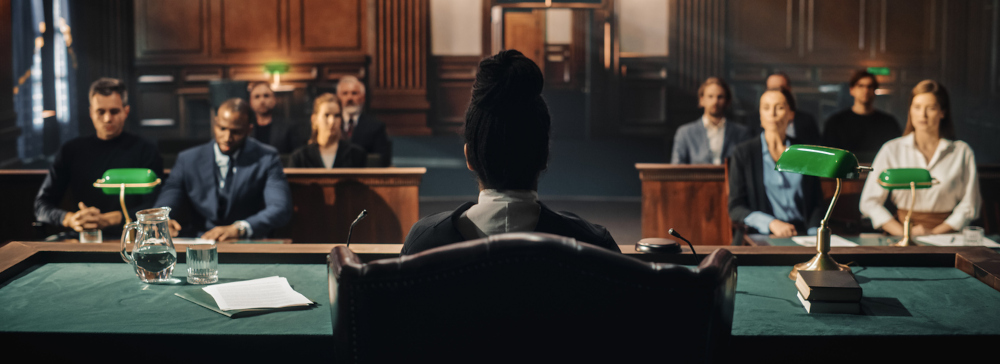
Slip and fall lawsuits seek to restore the balance between a property owner’s responsibility to maintain their premises and the guest’s duty to remain aware of their surroundings and exercise reasonable caution.
Duty of care
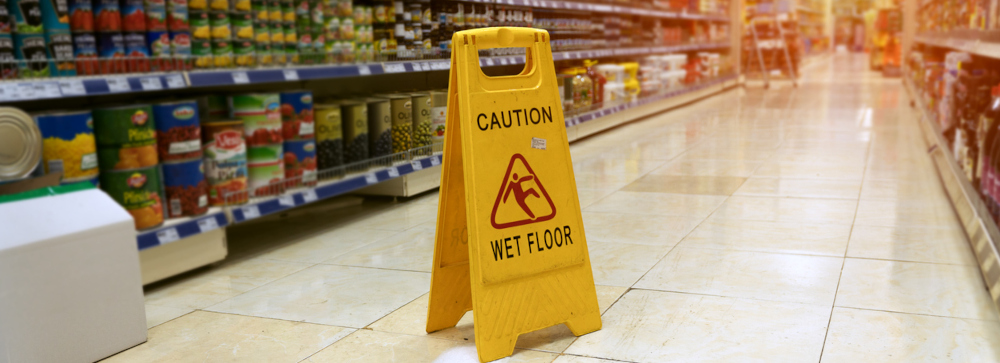
Proving duty of care might be as simple as requesting the property deed, which states the name of the owner and who is directly responsible for the upkeep. All property owners in California have an obligation (or “duty of care”) to keep their premises reasonably safe for guests and visitors. To be a guest, you must have been invited or allowed on the property (eating in a restaurant or shopping at a store). In other words, you must not have been trespassing, committing a crime, or breaking a restraining order at the time.
The dangerous condition
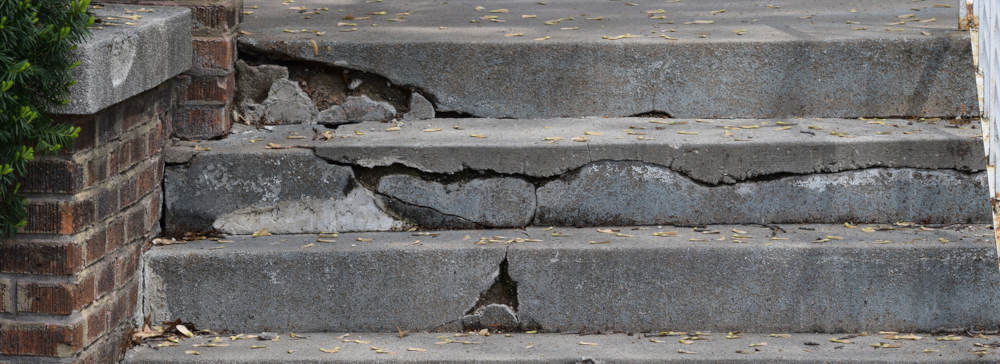
You know that a dangerous condition caused your accident, but how can you prove it to the court? Ideally, you’ll take photographs at the scene. You’ll get contact information for any witnesses who saw what happened that day. You want to provide evidence that proves your claim that you were using the property, as reasonably intended, when the accident occurred. The court will then consider the type of dangerous condition that existed.
Common grounds to sue include: wet, waxed, or otherwise slippery floors; accumulated rainwater; mold and mildew; clutter and objects obstructing walkways; uneven floor rugs; broken glass; damaged stairs and railings; cracks in the sidewalk or pavement; crumbling ceiling; exposed extension cords; or poorly lit parking areas. A skilled personal injury lawyer will be able to help you determine if you have grounds to sue.
Injury and Loss
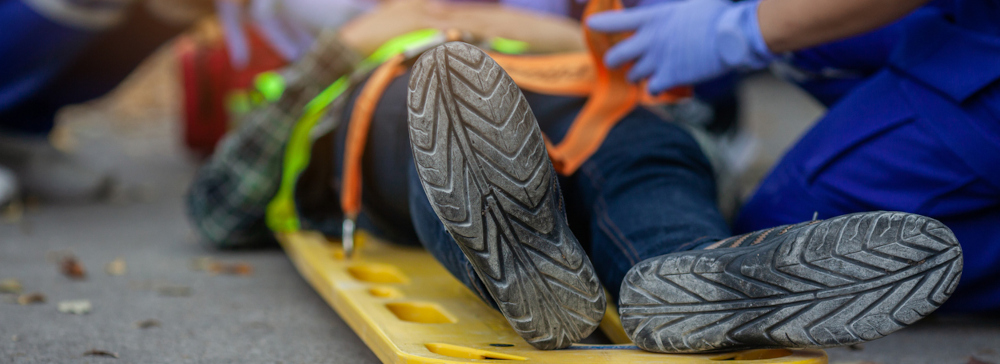
In California, “I could have been hurt or killed” is not a justifiable reason to sue. Slip and fall lawsuits must be based on actual financial loss. A physical injury with medical bills is the most common reason. A doctor’s report, diagnostic imaging, and testimony from a rehabilitation specialist come in handy. You may miss time off work to heal from your injuries. You might fall and damage your smartphone or some other piece of personal property. “Pain and suffering” can be added onto a claim but must accompany injury and loss.
Notice
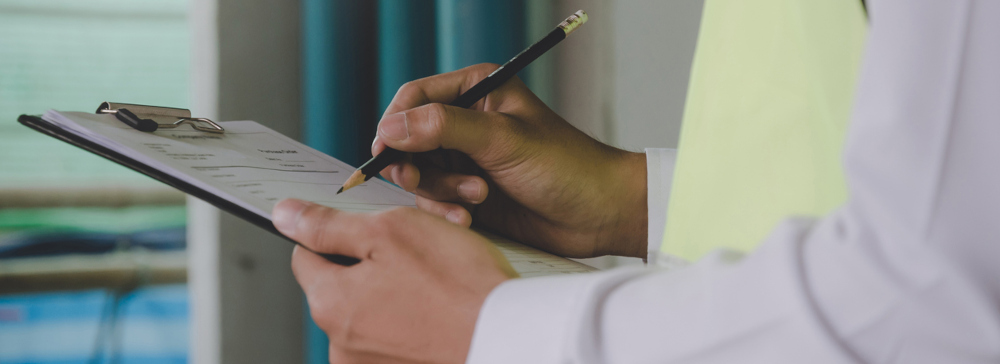
Next, you’ll want to prove that the defendant “knew” or “should have known” about the dangerous condition. If you drop a carton of milk in the store and immediately slip and fall a few seconds later, it is not reasonable to presume the property owner knew about this or had time to fix it. It is another matter entirely if the property owner knew the hazard existed, but chose to ignore it, or if the property owner or their employee negligently caused the risk.
The courts will consider how long the danger was there and what a “reasonable” amount of time might be to remedy the situation. If it takes some time to repair– such as the case of a plumbing leak or a cracked sidewalk– the property owner should post adequate warnings and call a contractor to make a “good faith effort” to restore it.
You may need to defend yourself against the defendant’s assertion that you were behaving irresponsibly at the time, wearing improper footwear, in an area where the public is not allowed, or distracted and not paying attention.
Innocence
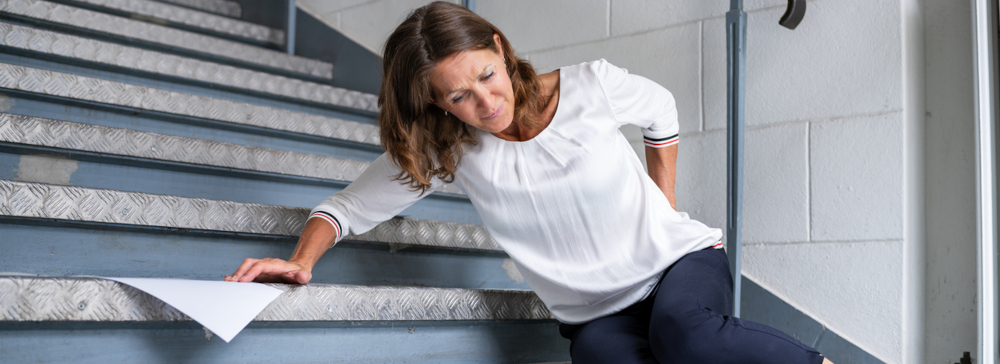
Ideally, you will show that you were not, in any way, liable for what happened. California’s “pure comparative negligence” rule reduces the settlement or jury award amount based on the amount of negligence ascribed to the plaintiff. If, for example, you are to receive a settlement of $100,000, but the defendant proves you were 25% at-fault for the accident, you will only be eligible to receive $75,000 of the total. If the defendant is deemed 100% at-fault, you can receive maximum compensation.
Contact us at Salamati Law today
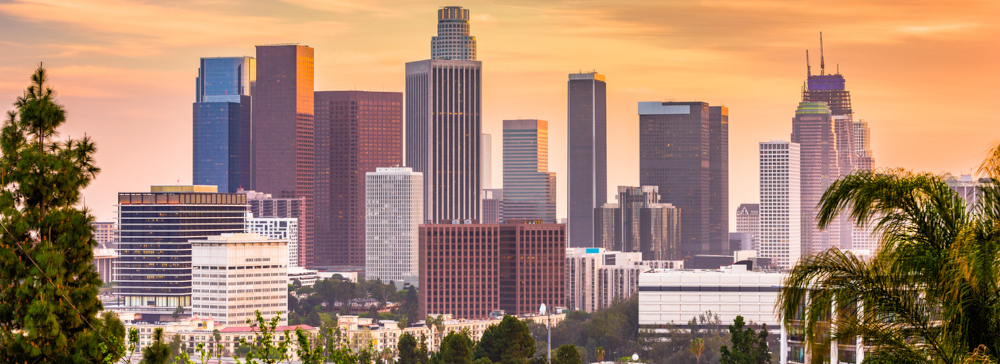
A trained Los Angeles slip and fall attorney from the Salamati Law Firm can help you prove fault in a slip and fall case by conducting a thorough investigation, summoning documents, taking depositions, interviewing witnesses, and consulting experts who can testify on your behalf. Initial consultations are free, and there are no upfront costs to pursuing a lawsuit.